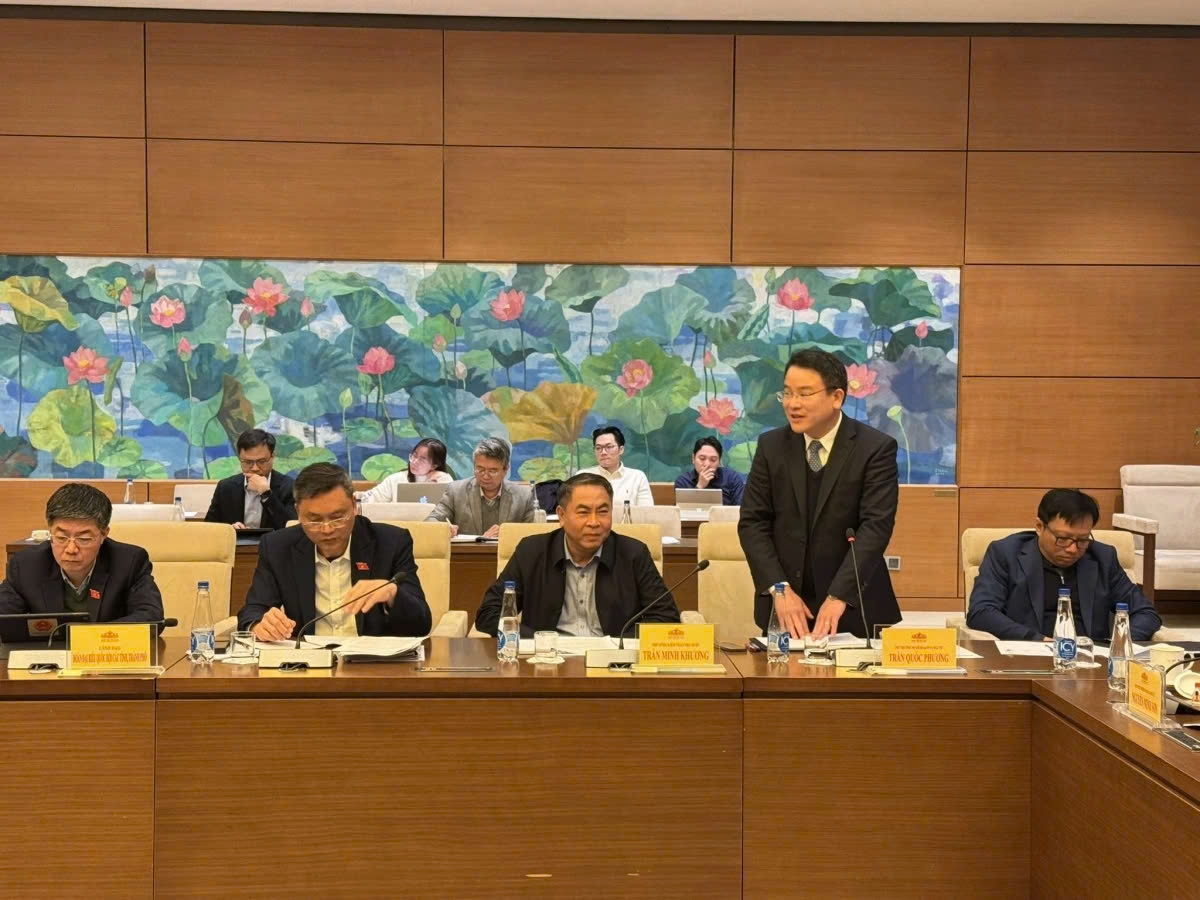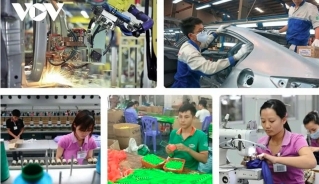Government submits revised 8% GDP plan to National Assembly
VOV.VN - The government has planned to raise its GDP growth target to 8% or higher for 2025 and has submitted the revised plan to the National Assembly for consideration and approval at its coming extraordinary session in Hanoi next week.

It has also revised the target of keeping the consumer price index at 4.5 – 5% on average for the year.
At the year-end session in Hanoi in November 2024, the National Assembly approved a resolution on the 2025 socio-economic development plan, setting a target GDP growth rate of around 6.5-7%, with efforts to achieve approximately 7-7.5%. The average Consumer Price Index increase will be kept at about 4.5%.
Deputy Minister of Planning and Investment Tran Quoc Phuong, in a report presented at a meeting of the National Assembly’s Economic Committee in Hanoi on February 7, said Vietnam was last year acknowledged internationally as a bright spot in terms of growth and macroeconomic stability.
The national economy expanded by 7.09%, placing it among few countries with the highest growth rates in the region and the world. Its GDP size was around US$476.3 billion, ranking 33rd globally, up two places compared to 2023.
The trade surplus is projected to reach US$24.77 billion, while total state budget revenue exceeds the estimate by 19.8%. Public debt, government debt, external debt, and the state budget deficit remained well below permissible limits.
According to the Deputy Minister, the year 2025 holds significant importance as it marks the final year of the 2021–2025 socio-economic development plan, a crucial period for accelerating, making breakthroughs, and achieving set goals.
It is also the year for organizing Party congresses at all levels, paving the way for the 14th National Party Congress in early 2026, and strengthening the foundation for the successful implementation of the 2021–2030 strategy, signaling the country’s entry into a new era of development.
“In 2025, national GDP growth needs to reach at least 8%, laying a solid foundation for achieving double-digit growth over an extended period starting in 2026,” said Phuong.
“Vietnam will strive to secure rapid, yet sustainable economic growth, maintain macroeconomic stability, control inflation, and ensure major economic balances.
“It must also harmonize economic growth with social development and environmental protection while safeguarding national defense and security,” emphasized the Deputy Minister.
To achieve the growth scenario of 8% or higher, he stressed the need to leverage the driving role of key economic regions, economic corridors, and growth poles. The growth rate for localities, especially Hanoi, Ho Chi Minh City and other potential cities, will also be adjusted to a minimum of 8-10%, he said.
The Deputy Minister also noted that in 2025, ministries, sectors, and localities must accelerate the disbursement of public investment capital, aiming for a disbursement rate of 95% of the plan assigned by the Prime Minister. Specific mechanisms and policies should be supplemented and applied for large-scale and key projects.
The Government will also remove bottlenecks in the real estate, capital, and corporate bond markets. Efforts will be made to meet the criteria for upgrading the stock market in 2025, while creating mechanisms to efficiently attract indirect investment flows and international investment funds.
Credit growth management will be conducted in a timely and effective manner to meet the capital needs of the economy, focusing on production, business sectors, and key growth drivers such as consumption, investment, and exports.
The Government will continue to utilize Task Forces to work directly with strategic investors to attract large-scale, high-tech FDI projects. The “green lane” mechanism will be effectively implemented to facilitate investment projects in industrial parks and economic zones focused on high-tech industries, ensuring rapid project implementation and operation.
In addition, decentralization and delegation will be enhanced to allow localities to approve infrastructure investment in new industrial parks.



